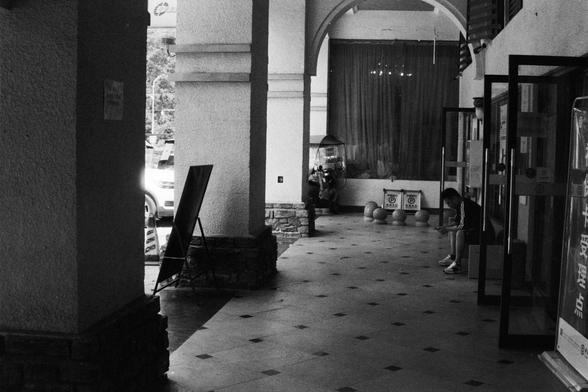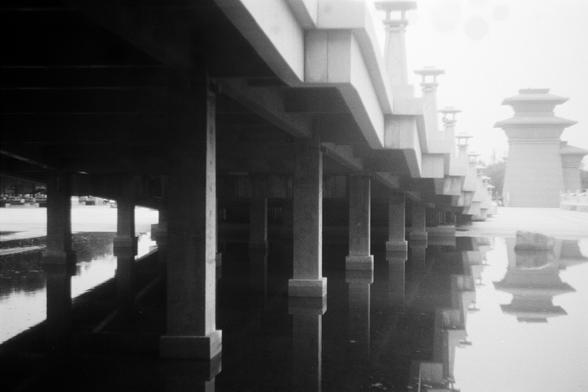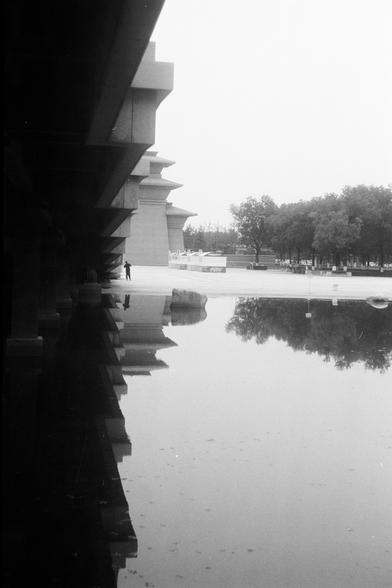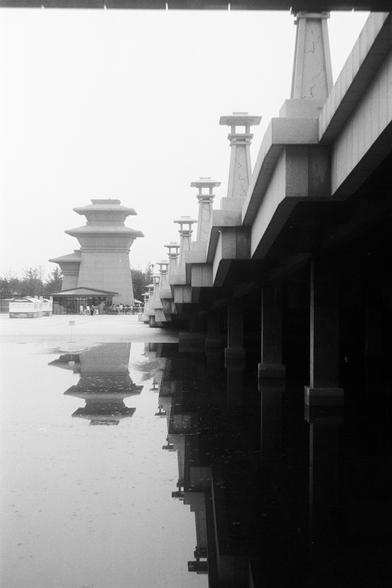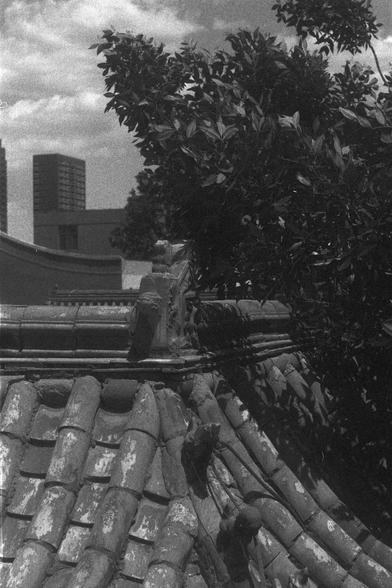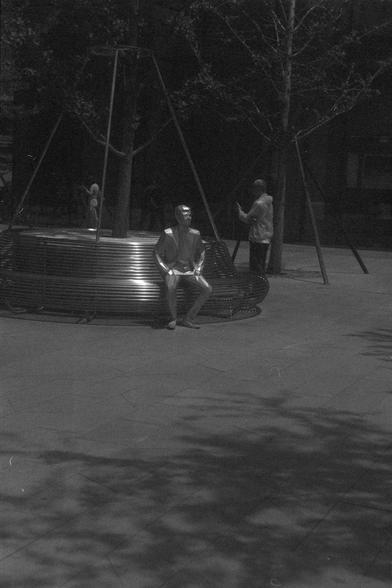2025-07-17 00:30:02
Life on Different Paths II🚶🚶♀️🚶♂️
生活诸多路径 II🚶🚶♀️🚶♂️
📷 Nikon FE
🎞️FOMAPAN Action 400
buy me ☕️ ?/请我喝杯☕️?
#filmphotography
2025-08-19 06:30:58
“Anyone who claims to rely on the best scientific consensus today must report the current death toll in the Gaza genocide as ‘more than 115,000’ violent deaths or ‘more than 460,000’ overall.
Here, in detail, is why.”
https://www.counterpunch.org/202…
2025-07-19 13:37:18
Der vorherige Premierminister Israels, Ehud Olmert, sagt die sogenannte „humanitäre Stadt” welche Netanyahu im Gazastreifen bauen will, sei ein Konzentrationslager.
https://www.theguardian.com/world/2025/jul/13/i…
2025-08-18 12:38:05
“What if AI Doesn’t Get Much Better Than This?” – a pretty good summary for those who don't want to read Gary Marcus’s rather… elaborate… treatizes.
> I think it’s safe, at least for now, to turn your attention away from the tech titans’ increasingly hyperbolic claims
🧘♂️
https://ca…
2025-07-17 19:25:58
Sources: Perplexity jumped to a $18B valuation two months after it raised at $14B; its annualized revenues jumped from $35M in August 2024 to $150M this month (Financial Times)
https://www.ft.com/content/4e05a5c5-84ad-4f8a-991a-d7f3842de76d
2025-07-17 23:36:01
CBS says The Late Show with Stephen Colbert is ending in May 2026 and that this was "purely a financial decision against a challenging backdrop in late night" (Peter White/Deadline)
https://deadline.com/2025/07/the-late-show-with-ste…
2025-08-19 13:23:34
2025-07-15 00:30:03
Life on Different Paths 🚶🚶♀️🚶♂️
生活诸多路径 🚶🚶♀️🚶♂️
📷 Nikon FE
🎞️FOMAPAN Action 400
buy me ☕️ ?/请我喝杯☕️?
#filmphotography
2025-09-19 00:30:01
On The Road - To Xi’An/ Geometry 📐
在路上 - 去西安/ 几何 📐
📷 Pentax MX
🎞️Fujifilm Neopan F, expired 1993
#filmphotography #Photography #blackandwhite
2025-08-14 00:30:00
City Features II 🌆
城市特征 II 🌆
📷 Pentax MX
🎞️Ilford FP4 Plus, expired 1994
buy me ☕️ ?/请我喝杯☕️?
#filmphotography



